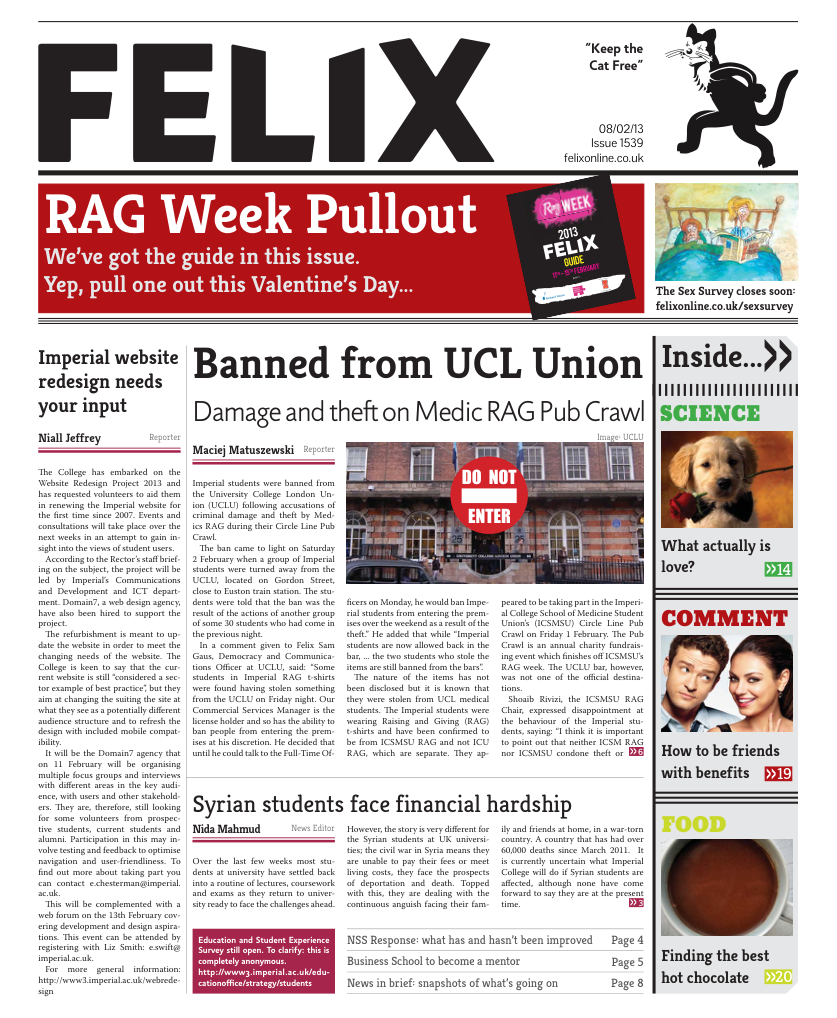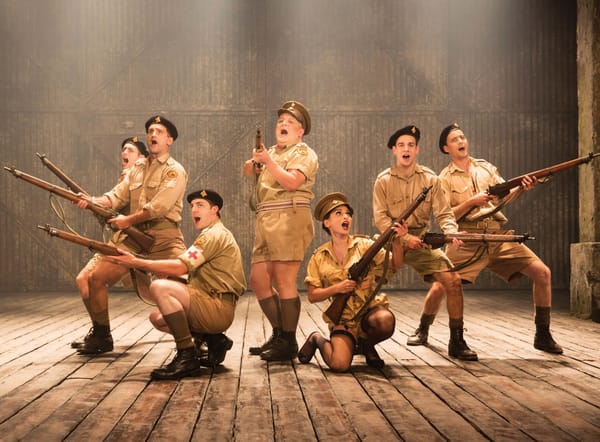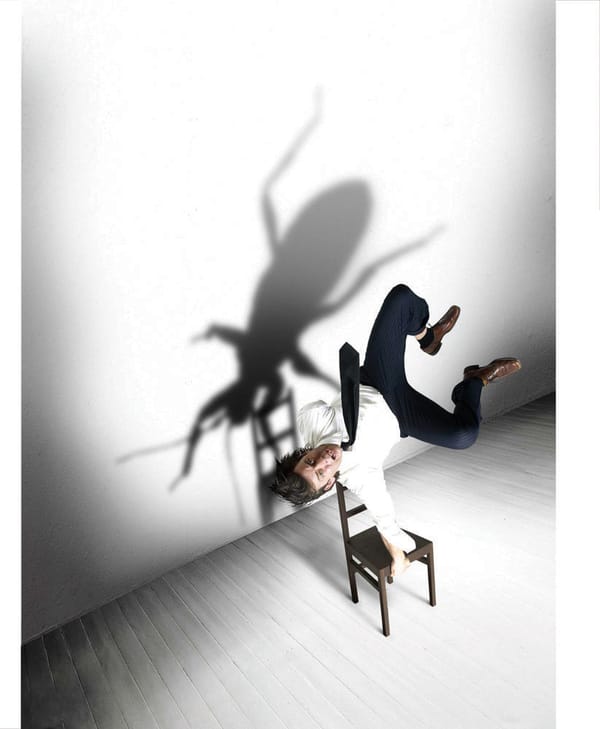Light entertainment
LEDs are not just for TVs it seems
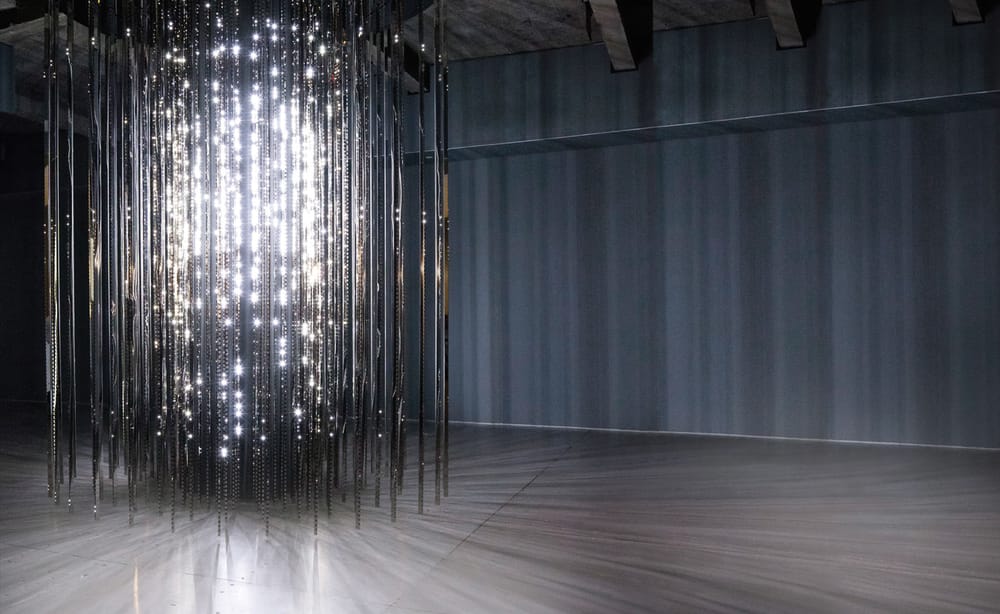
In the centre of a large room in the Hayward Gallery, a cylinder made up of hundreds of glass tubes hangs from the ceiling. Contained withineach tube are thousands of tiny LED lights, which flicker on and off, creating an endless series of hypnotising patterns. Explosions of light burst out, only to fade and be replaced by an image of flickering stars, which grow in intensity before returning to darkness. This cycle repeats again, and again, and again, but is never quite alike; we never see the same image twice. This mesmerising piece by American artist Leo Villareal opens the Hayward’s latest exhibition, aptly titled Light Show, which explores how artists use the medium of light to create incredible, powerful and mind-boggling artworks.
Light, as the exhibition title suggests, is the true star of the show: it radiates out from neon tubes dangling from the ceiling, casts its beams upon the gallery walls, and bathes entire rooms in subtle hues. It is presented as a living entity, especially in Cerith Wyn Evans’ piece S=U=P=E=R=S=T=R=U=C=T=U=R=E where three vertical columns of light slowly radiate and dim. Evans’ inspiration came from James Merrill’s poem The Changing Light at Sandover, which was composed from messages transmitted during séances, and this otherworldliness is reflected in the piece; the oscillation of light hints at a kind of breathing, the heat radiated by the strip lights reminds one of body warmth.
One of the most spectacular works in the exhibition, You and I, Horizontal by Anthony McCall, manages to do the impossible: it turns light into a tangible entity. A projector screens slowly moving lines onto a wall, and artificial mist transforms this into a complex series of walls of light. Viewers pass through the piece, becoming enveloped by planes of solid light, which gradually shift and change around them. It is something that needs to be experienced.
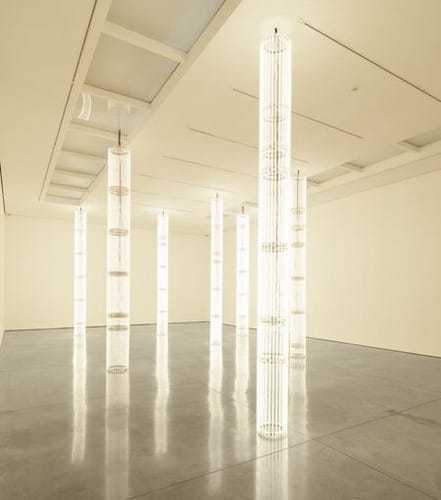
This interaction with the pieces is continued with Doug Wheeler’s work, in which the audience stands in the centre of a room illuminated with a square of soft neon light which hangs, seemingly unsupported, from the far wall. The room has no corners – all hard lines have been removed – creating an extremely surreal environment. I find it difficult to focus on anything; the room seems to have become enveloped in white mist and I feel like I am viewing the world through a soft-focus lens. Disoriented, I try to seek relief in Wedgework V, another installation piece, this time by James Turrell, but I have no such luck. The work consists only of a wedge-shaped beam of coloured light, mostly red, but with a thin line of blue at one end. As I sit in the darkness something incredible occurs: the red begins to fade away, and a bluey-purplish apparition begins to spread like mould across the wedge. This then fades away as my eyes adjust to the light, and the scene is replaced by a solid wall of grey colour; I rub my eyes, and the red light reappears. It never actually changed colour, but Turrell has managed to create a piece which alters the viewer’s sense of perception. It is truly astonishing.
Other pieces are simpler, taking their inspiration from the beautiful – and perhaps overlooked – sources of light in the world around us. There is a bulb that emulates the glow of moonlight, and a collection of glowing neon tubes which recreate the splendour of twilight in Las Vegas. Chromosaturation, by the Venezuelan artist Carlos Cruz-Diez consists of three rooms, each bathed in blue, red, or green light; upon entering the first room everything is bathed in a cool blue light. Moving into the next room is literally painful – the red light is a brilliant scarlet, and burns my retinas. However, this soon fades, and when I move back to the blue room the cool tones have morphed into a brilliantly blinding cyan. Moving from blue to green turns the green light a vibrant yellow; moving from green to red, and a vivid fuchsia appears. Of course the light has never changed, it is only my eyes becoming adjusted to certain frequencies of light – a simple effect, but incredibly powerful.
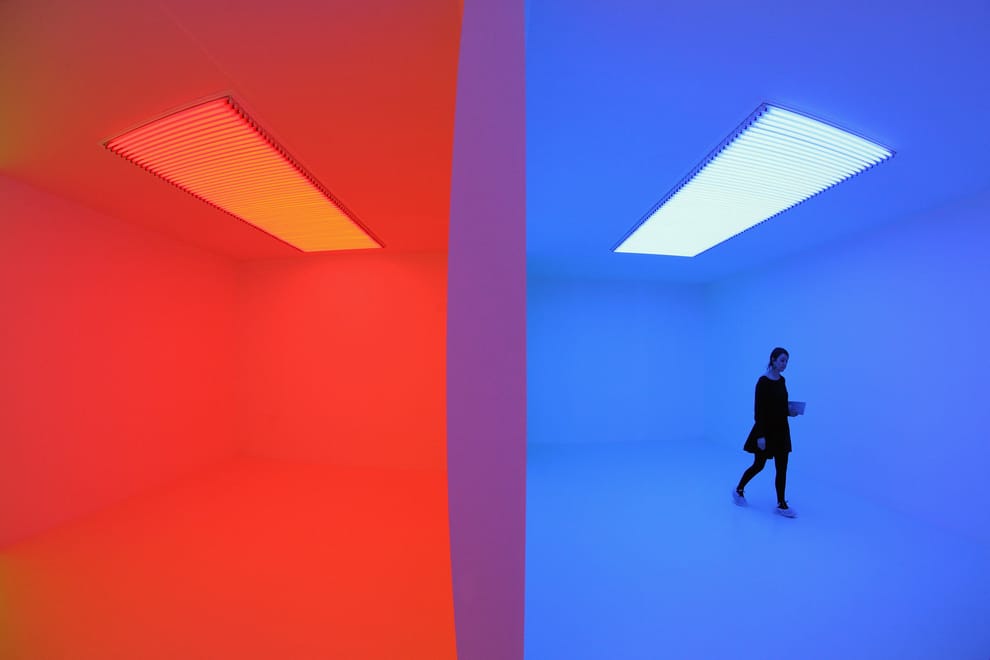
The works are not solely illusionary; some are political in scope. Jenny Holzer, an artist who has been using illuminated words for the last 30 years, displays a column of scrolling LED signs featuring extracts from declassified US documents on the War on Terror. The words scroll past the viewer, flashing in harsh pink and purple lights, almost forcing us to read the grisly details they confer. Iván Navaro has created a glass box made of one-way mirrors. The viewer steps inside, and seems to inhabit an eternal abyss; the floor is not solid, all one can see is a series of lights stretching down for what seems like eternity. The work is made all the more powerful when one is reminded that Navaro grew up under Pinochet’s regime, where people would regularly ‘disappear’ if they displeased the government.
The exhibition closes with a kinetic piece by the Danish artist Olafur Eliasson, in which a garden of 27 fountains is illuminated by strobe lighting. The effect of this is that it allows the viewer to observe the shapes made by the water in minute detail; images of the frozen fountains are imprinted on the eyes, creating a scene of frozen droplets, which hang like crystals in mid-air. The work is ever changing, constantly shifting and morphing into a new piece. It is completely hypnotising; I manage to spend a good fifteen minutes alone in this room before tearing myself away.
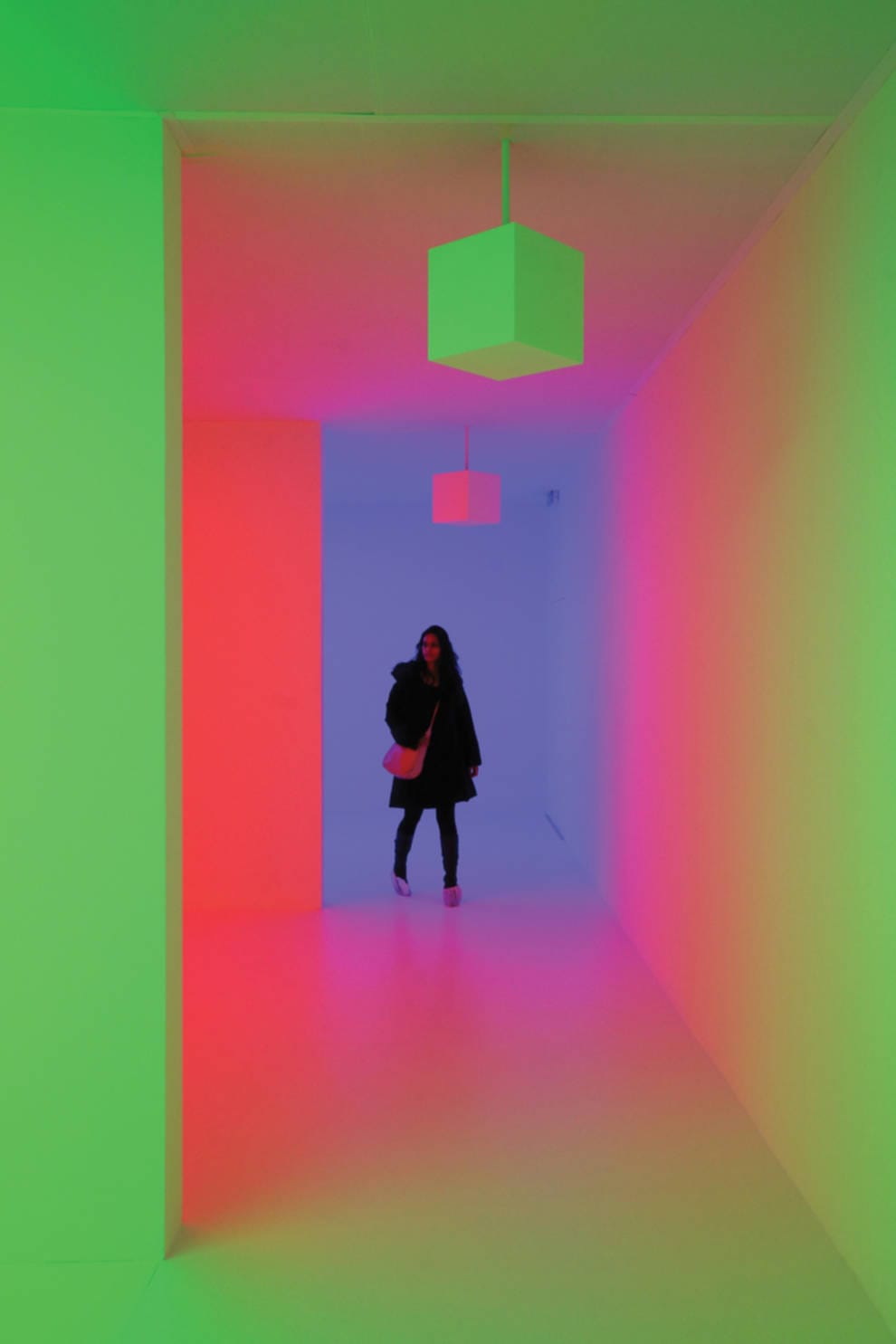
The Hayward Gallery has always been a fantastic place to experience experimental art, and in the last couple of years its interactive exhibitions have gone from strength to strength. This exhibition however, blows anything else I have seen there completely out of the water. The way the artists have used light as a medium is completely mind-blowing, and utterly inspiring. I leave the gallery, still in a daze, and emerge outside. It is a beautiful winter’s day, and the afternoon sun hangs brightly in the clear sky, but compared to what I have just seen – bulbs containing moonlight, gardens of shimmering crystal, dazzling explosions of light – it seems positively dim.
Light Show at the Hayward Gallery. Tickets from £9. Now - 28 April.


